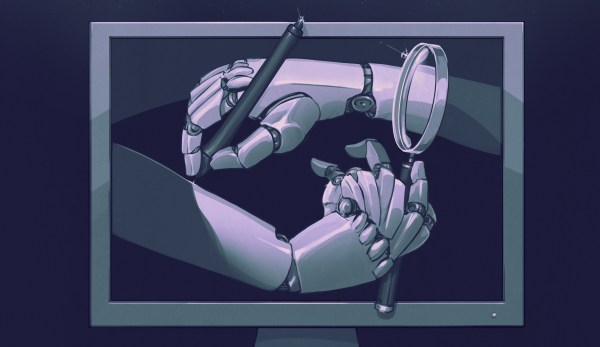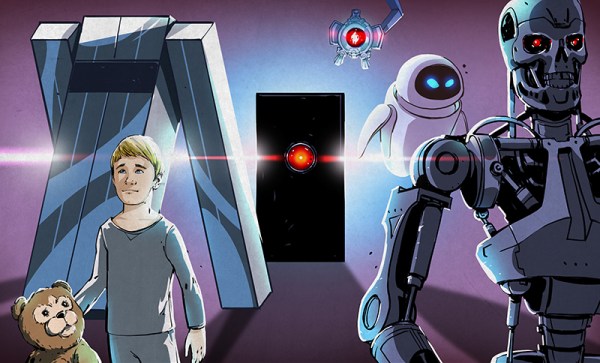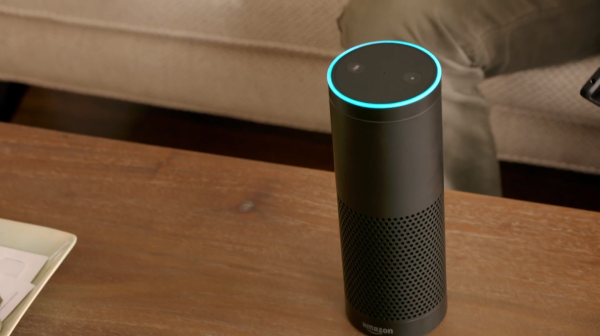Prosthetic arms can range from inarticulate pirate-style hooks to motorized five-digit hands. Control of any of them is difficult and carries a steep learning curve, rarely does their operation measure up to a human arm. Enhancements such as freely rotating wrist might be convenient, but progress in the field has a long way to go. Prosthetics with machine learning hold the promise of a huge step to making them easier to use, and work from Imperial College London and the University of Göttingen has made great progress.
The video below explains itself with a time-trial where a man must move clips from a horizontal bar to a nearby vertical bar. The task requires a pincer grasp and release on the handles, and rotation from the wrist. The old hardware does not perform the two operations simultaneously which seems clunky in comparison to the fluid motion of the learning model. User input to the arm is through electromyography (EMG), so it does not require brain surgery or even skin penetration.
We look forward to seeing this type of control emerging integrated with homemade prosthetics, but we do not expect them to be easy.






 The device is little more than the internet and a speaker stuffed into a minimal black cylinder the size of a vase, oh- and six far-field microphones aimed in each direction which listen to every word you say… always. As you’d expect, Echo only processes what you say after you call it to attention by speaking its given name. If you happen to be too far away for the directional microphones to hear, you can alternatively seek assistance from the Echo app on another device. Not bad for the freakishly low price Amazons asking, which is $100 for Prime subscribers. Even if you’re salivating over the idea of this chatting obelisk, or intrigued enough to buy one just to check it out (and pop its little seams), they’re only available to purchase through invite at the moment… the likes of which are said to go out in a few weeks.
The device is little more than the internet and a speaker stuffed into a minimal black cylinder the size of a vase, oh- and six far-field microphones aimed in each direction which listen to every word you say… always. As you’d expect, Echo only processes what you say after you call it to attention by speaking its given name. If you happen to be too far away for the directional microphones to hear, you can alternatively seek assistance from the Echo app on another device. Not bad for the freakishly low price Amazons asking, which is $100 for Prime subscribers. Even if you’re salivating over the idea of this chatting obelisk, or intrigued enough to buy one just to check it out (and pop its little seams), they’re only available to purchase through invite at the moment… the likes of which are said to go out in a few weeks.












